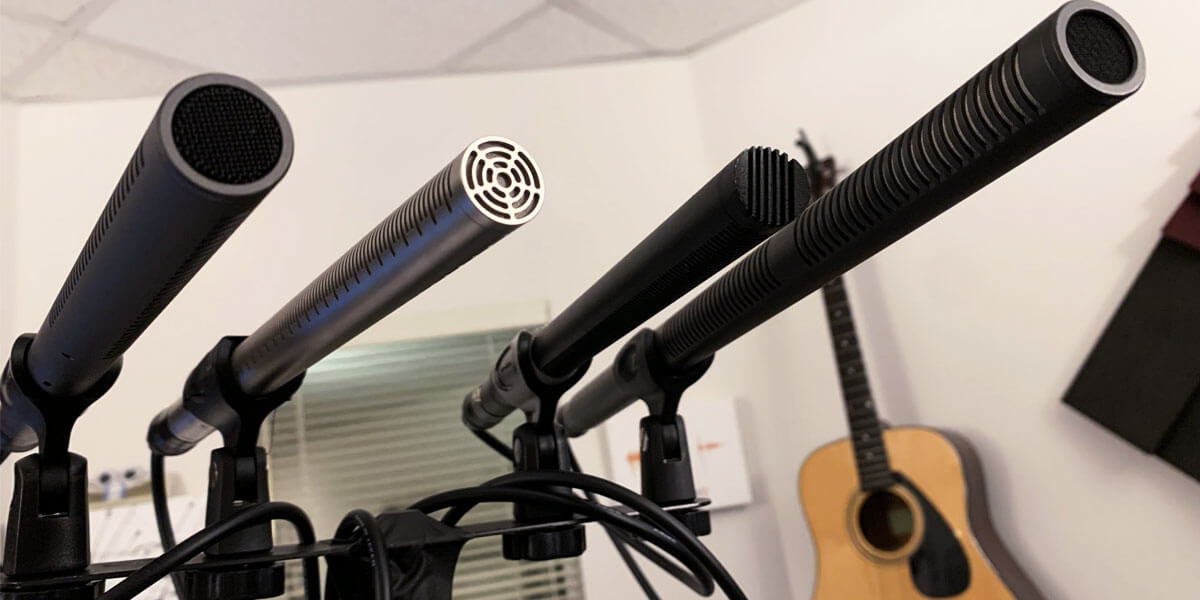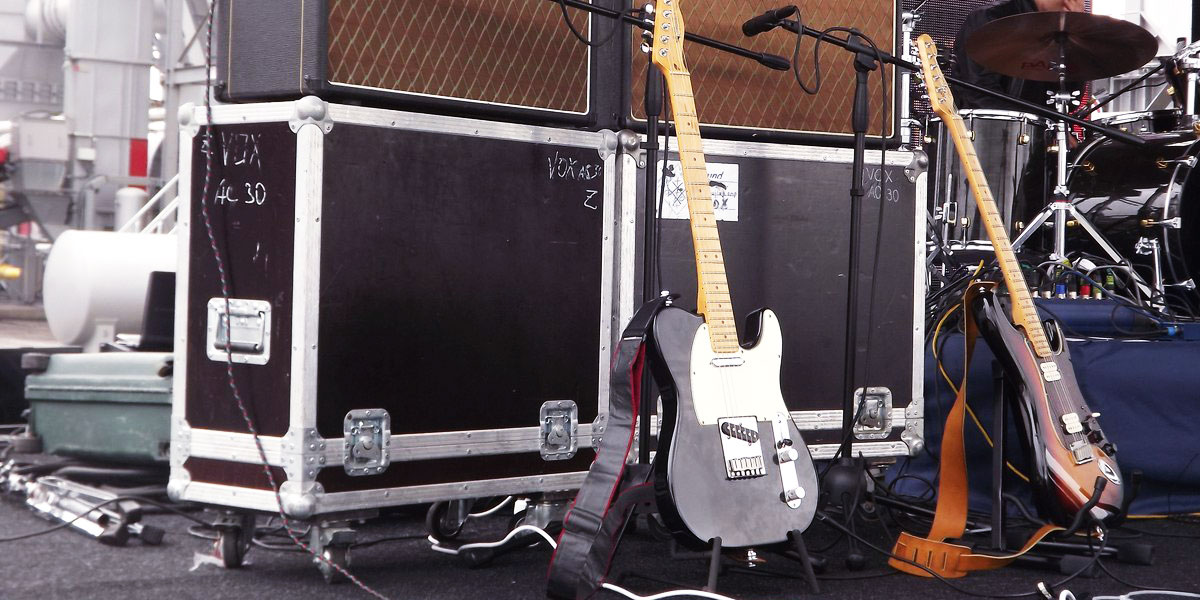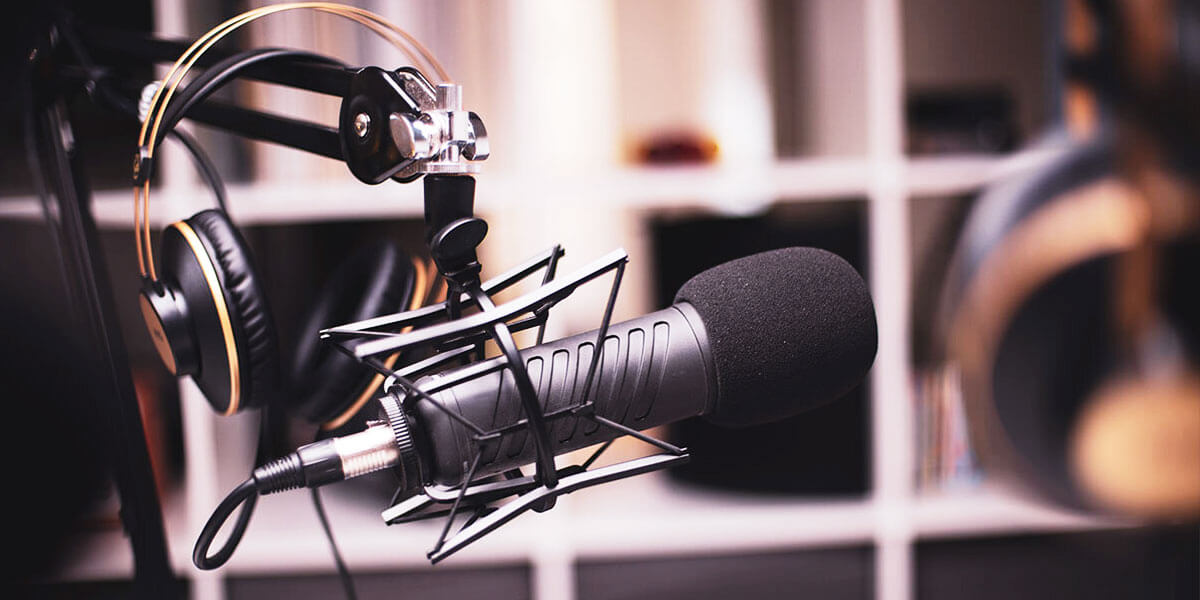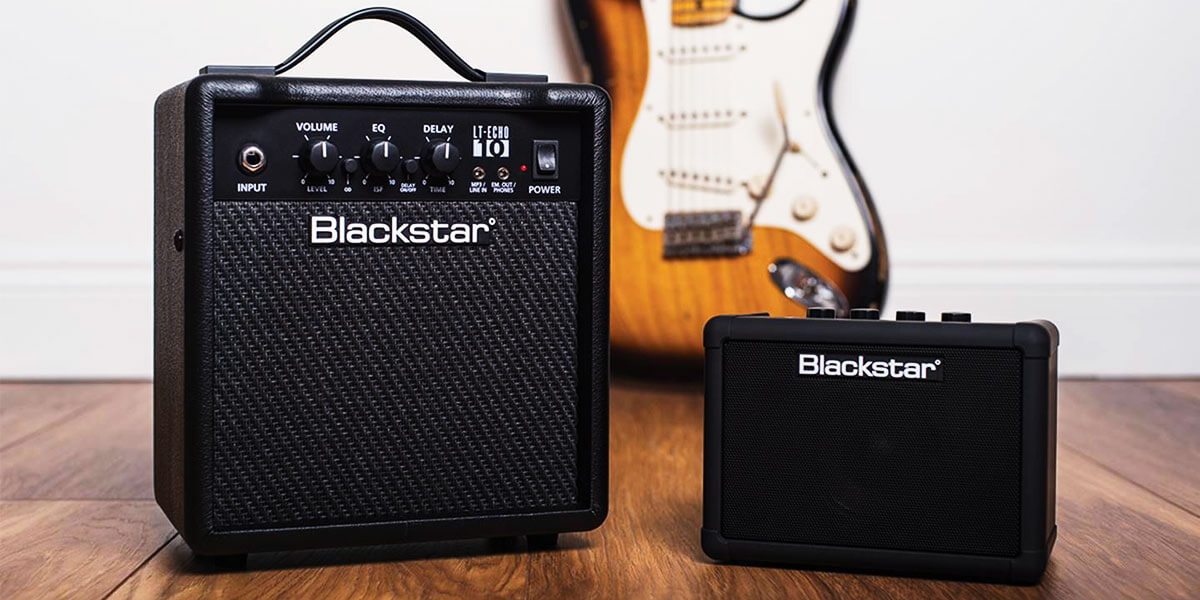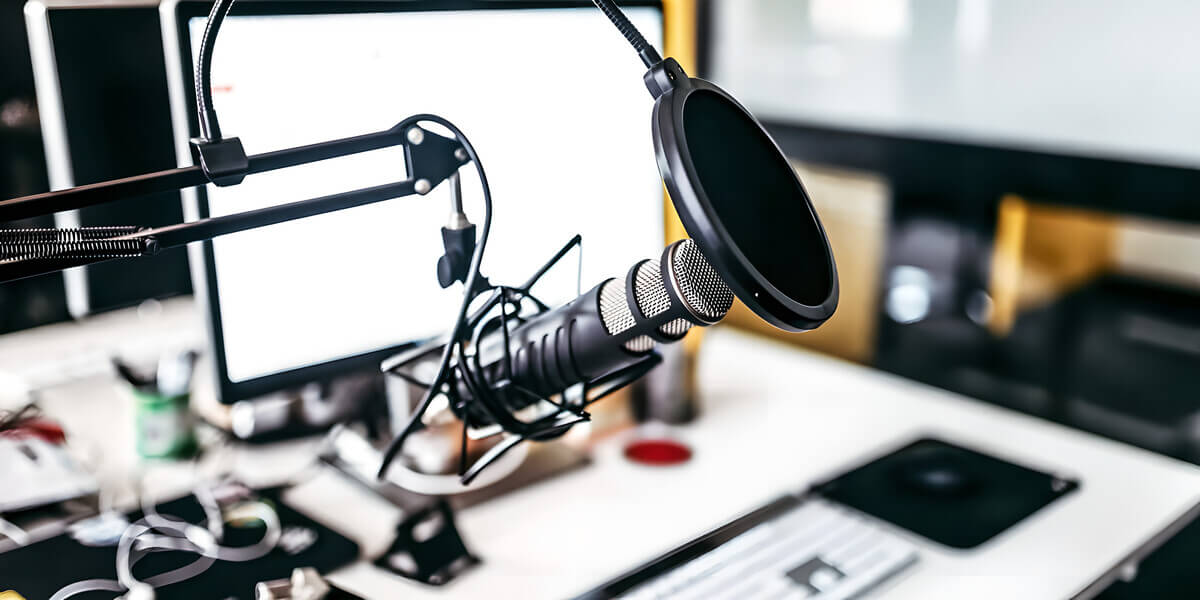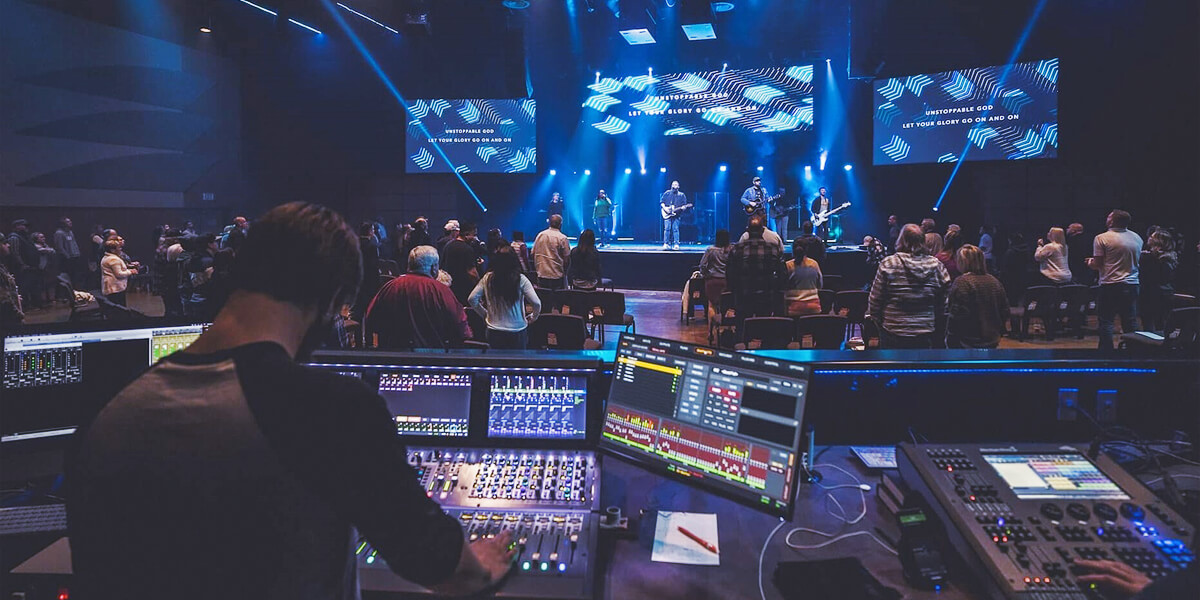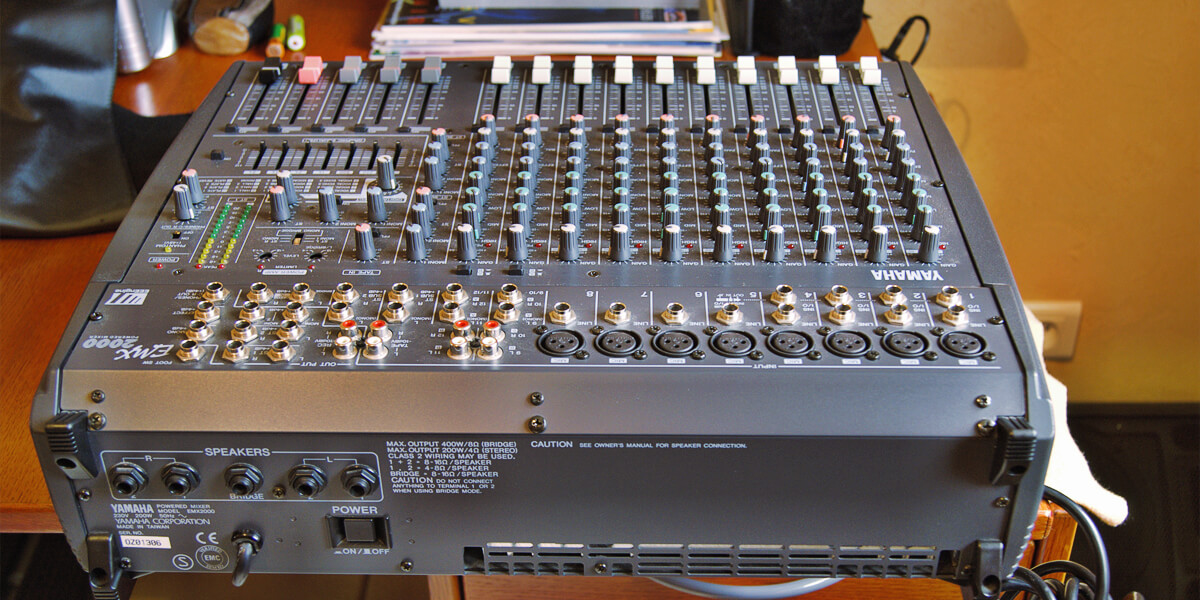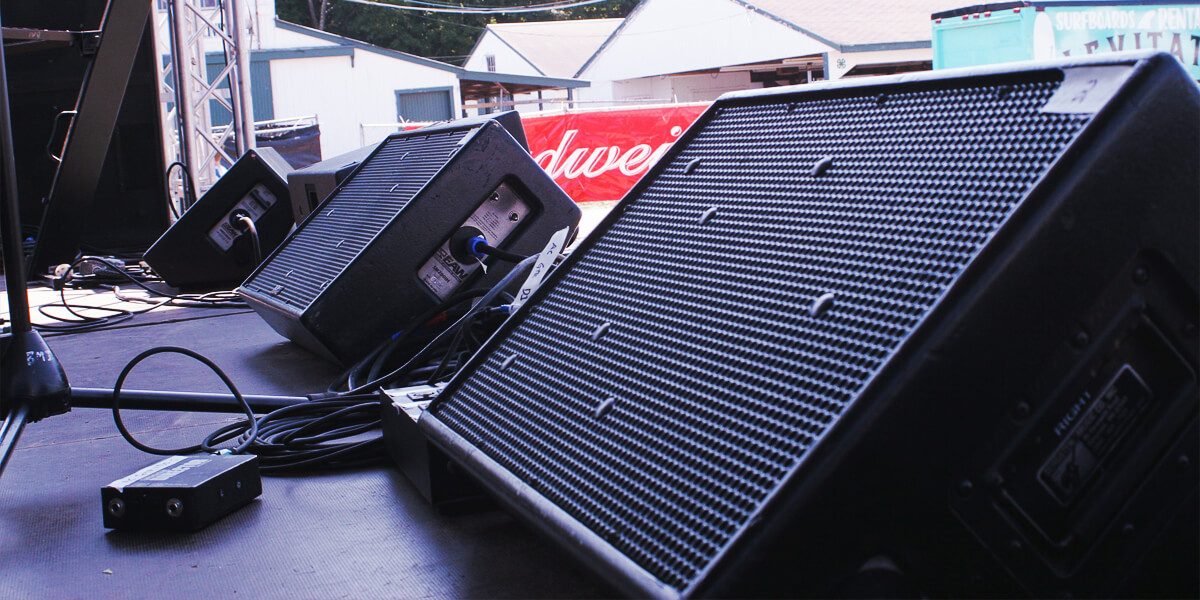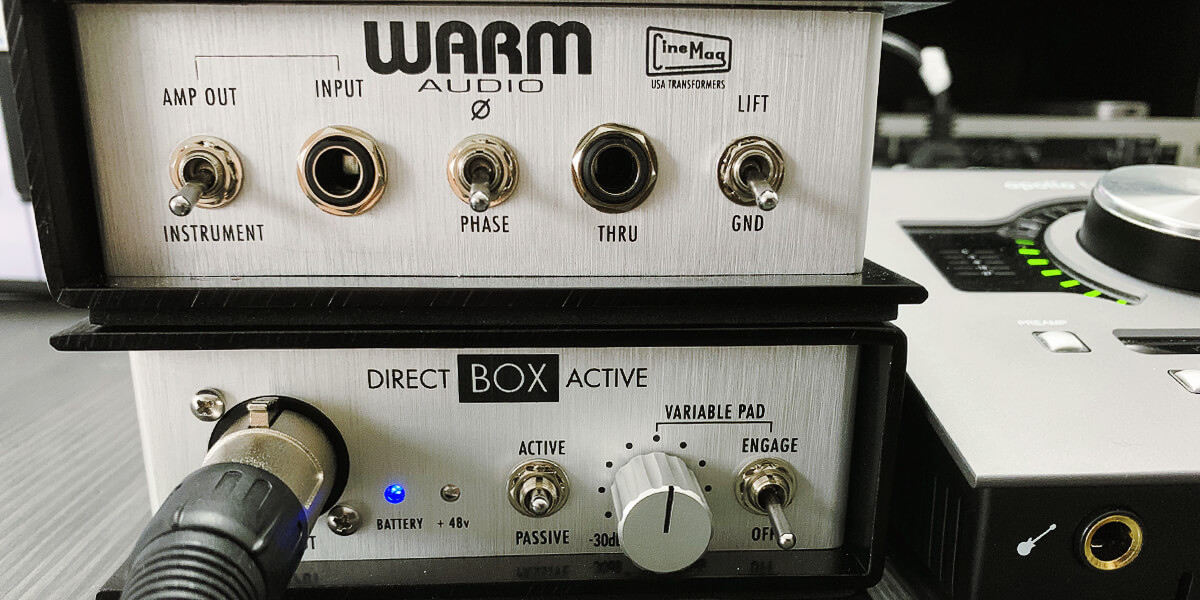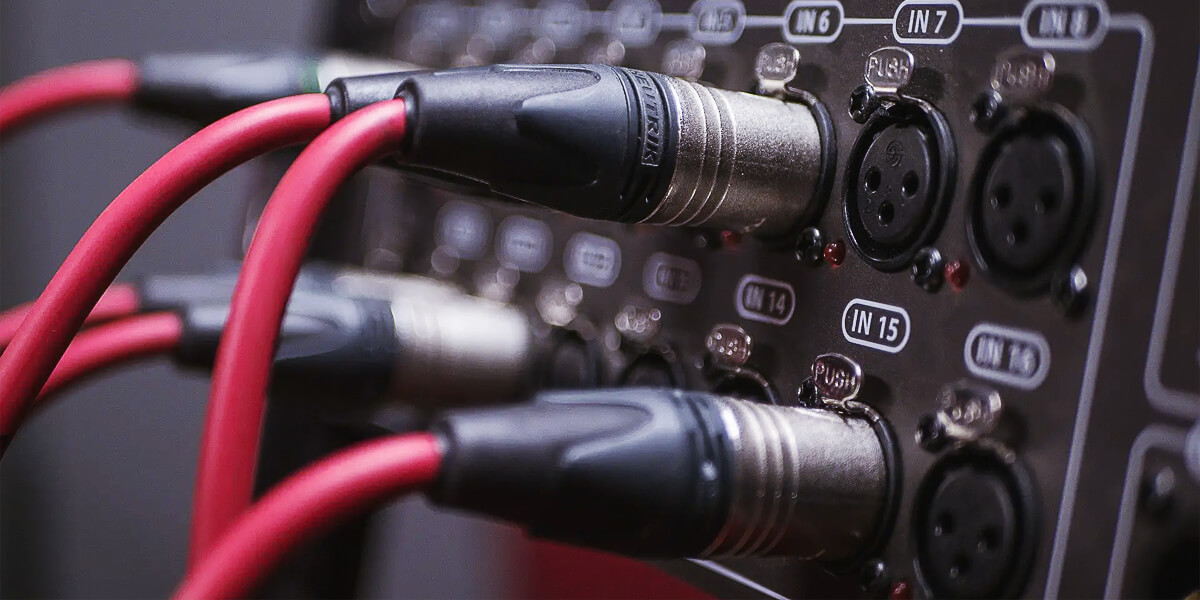Have you ever wondered, “What is a shotgun microphone, and why do I need one?”. If you’re reading my review, you’re definitely interested in this question.
Stage Equipment
The stage is not just a platform; it’s an opportunity for extraordinary experiences. These articles are your gateway to unlocking the full potential of live performances. Whether you’re a professional or an aspiring artist, our comprehensive resources will guide you in selecting the best stage equipment to captivate your audience and leave them wanting more.
Difference Between Sound Check And Line Check
Whether you’re a live performer, a recording artist, or a sound engineer, you know that pristine sound quality is non-negotiable.
How To Stop Microphone Feedback – Reduce The Feedback Loop Between The Microphone And Speakers
Have you ever been in the spotlight, only to have your performance ruined by that annoying screech of microphone feedback? I’ve been there, too, and I know it’s a mood killer. But fear not!
Dive into Guitar Cabinets and Amps – Pick The Right For You
You’re not alone if you’ve ever found yourself lost in the guitar gear world. That’s why experts like me try to help newcomers in such matters.
Cardioid Microphone Meaning – What You Need to Know
If you’ve ever been intrigued by the magic of sound capture, you’re in for a treat. Today, we’re exploring the question: What is a cardioid microphone?
How are Powered Mixers Transforming Live Sound in Small Venues?
Welcome to the fascinating world of live sound! In this guide, I delve into the profound impact of powered mixers for small venues. From vibrant bars to cozy coffee houses, we’ll uncover how these powerful audio devices enhance the quality of performances, ensuring every note, lyric, and beat resonates with perfection, creating unforgettable experiences for artists and audiences alike.
How to Set Up Your First Powered Mixer
If you’re new to the world of audio equipment and want to learn about setting up a powered mixer, you’ve come to the right place. In this guide, I’ll walk you through the process step by step, making it easy for you to understand and follow along.
Stage Monitor Placement: Achieving the Best Sound Balance for Performers
As a performer, you know that delivering an unforgettable performance relies not only on your talent but also on the ability to hear yourself and your fellow musicians clearly. In this guide, I’ll dive into the unique art of stage monitor placement to achieve the best sound balance.
What is DI box: Features and Uses
If you’ve ever wondered what those mysterious little boxes are on stage or in your recording studio, you’ve come to the right place. In this article, we’ll delve into the world of DI boxes and unravel their secrets. From the basics of the direct box functionality to their various applications in live performances and studio recordings, I’ve got you covered.
Passive vs. Active DI Boxes: What’s the Difference
Are you passionate about audio systems and looking to enhance your sound quality? Well, let me introduce you to a fundamental topic of audio gear: active vs. passive DI boxes. I have to note that understanding the differences between these two types is really important if you want to take your audio experience to the next level.

